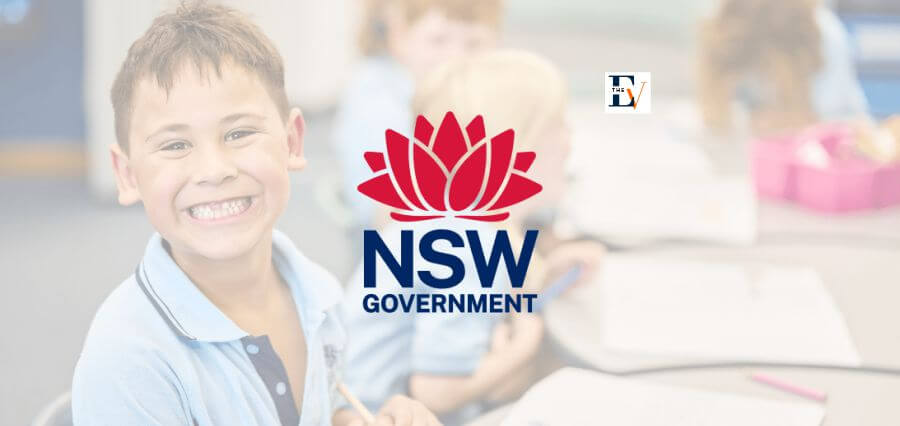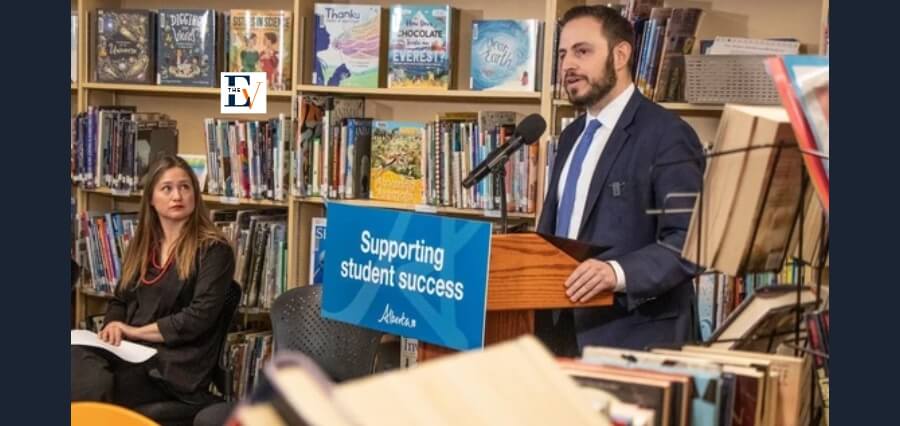Preparing Students for a Strong Financial Future
In the dynamic landscape of education, there’s a growing acknowledgment of the pivotal role financial literacy plays in shaping a secure future. As the world becomes increasingly intricate, the ability to make informed financial decisions is paramount. This underscores the significance of financial literacy initiatives in American schools.
Beyond complex financial instruments, these initiatives focus on equipping students with practical skills, from budgeting to understanding credit and investments. This article explores the positive impact of such programs, emphasizing their role in preparing students for the challenges of adulthood and instilling a foundation for a resilient financial future.
The Need for Financial Literacy
Financial literacy is not just about understanding complex financial instruments; it’s about equipping students with the knowledge and skills to navigate the financial challenges of everyday life. From budgeting and saving to understanding credit and investments, these skills form the foundation for a secure financial future.
Building Budgeting Basics
One of the primary focuses of financial literacy initiatives is teaching students the art of budgeting. Understanding how to manage income, allocate resources, and plan for future expenses is a fundamental skill that will serve students well throughout their lives. By introducing budgeting early on, students are better prepared to handle the financial responsibilities that come with adulthood.
Integrating Financial Literacy into the Curriculum
To ensure the effectiveness of financial literacy initiatives, integrating these lessons into the existing curriculum is key. Rather than treating financial literacy as a standalone subject, schools are embedding these concepts into subjects like math, economics, and even literature. This interdisciplinary approach not only reinforces financial concepts but also demonstrates the real-world applicability of these skills.
Real-world Applications in Math
Mathematics often intimidates students, but financial literacy initiatives are turning this perception around. By incorporating real-world financial scenarios into math lessons, students not only learn mathematical concepts but also see how these skills translate into practical applications. This approach not only enhances mathematical understanding but also fosters a sense of financial empowerment.
Starting Early for Lifelong Impact
Financial literacy initiatives are taking a proactive stance by introducing these concepts at an early age. Elementary and middle school students are now exposed to age-appropriate financial lessons, laying the groundwork for more advanced concepts as they progress through their education. This early exposure ensures that financial literacy becomes ingrained in their decision-making processes from a young age.
Interactive Learning Tools
Recognizing the importance of engaging students in the learning process, financial literacy initiatives leverage interactive tools and simulations. These tools provide students with hands-on experience in managing finances, making the learning process both enjoyable and effective. From virtual budgeting exercises to simulated investment scenarios, these tools bridge the gap between theory and practice.
Bridging the Wealth Gap
Financial literacy is a powerful tool for addressing economic disparities. By ensuring that all students, regardless of their background, have access to comprehensive financial education, we can begin to bridge the wealth gap. This proactive approach not only provides equal opportunities but also equips students with the skills needed to break the cycle of financial instability.
Empowering the Underserved
Financial literacy initiatives are making strides in reaching underserved communities. Recognizing that these populations often face unique financial challenges, tailored programs are being developed to address their specific needs. By empowering underserved students with financial knowledge, these initiatives contribute to breaking down systemic barriers and fostering a more inclusive society.
Collaboration between Schools and Communities
Financial literacy is not just the responsibility of schools; it’s a collective effort that involves collaboration between educators, parents, and the community. Initiatives encourage parents to be actively involved in their children’s financial education, creating a seamless transition between school-based learning and practical application at home.
Community Workshops and Resources
To strengthen the connection between schools and communities, financial literacy initiatives often organize workshops and provide resources for parents. These initiatives recognize the pivotal role parents play in shaping their children’s financial attitudes and behaviors. By fostering a collaborative approach, these programs extend the impact of financial literacy beyond the classroom.
Preparing Students for a Financially Savvy Future
In conclusion, financial literacy initiatives in American schools are playing a crucial role in preparing students for a strong financial future. By integrating practical lessons into the curriculum, starting early, and fostering collaboration between schools and communities, these initiatives are empowering the next generation with the tools they need to make informed financial decisions. As we look towards the future, investing in financial literacy education is an investment in the financial well-being of individuals, communities, and the nation as a whole.






